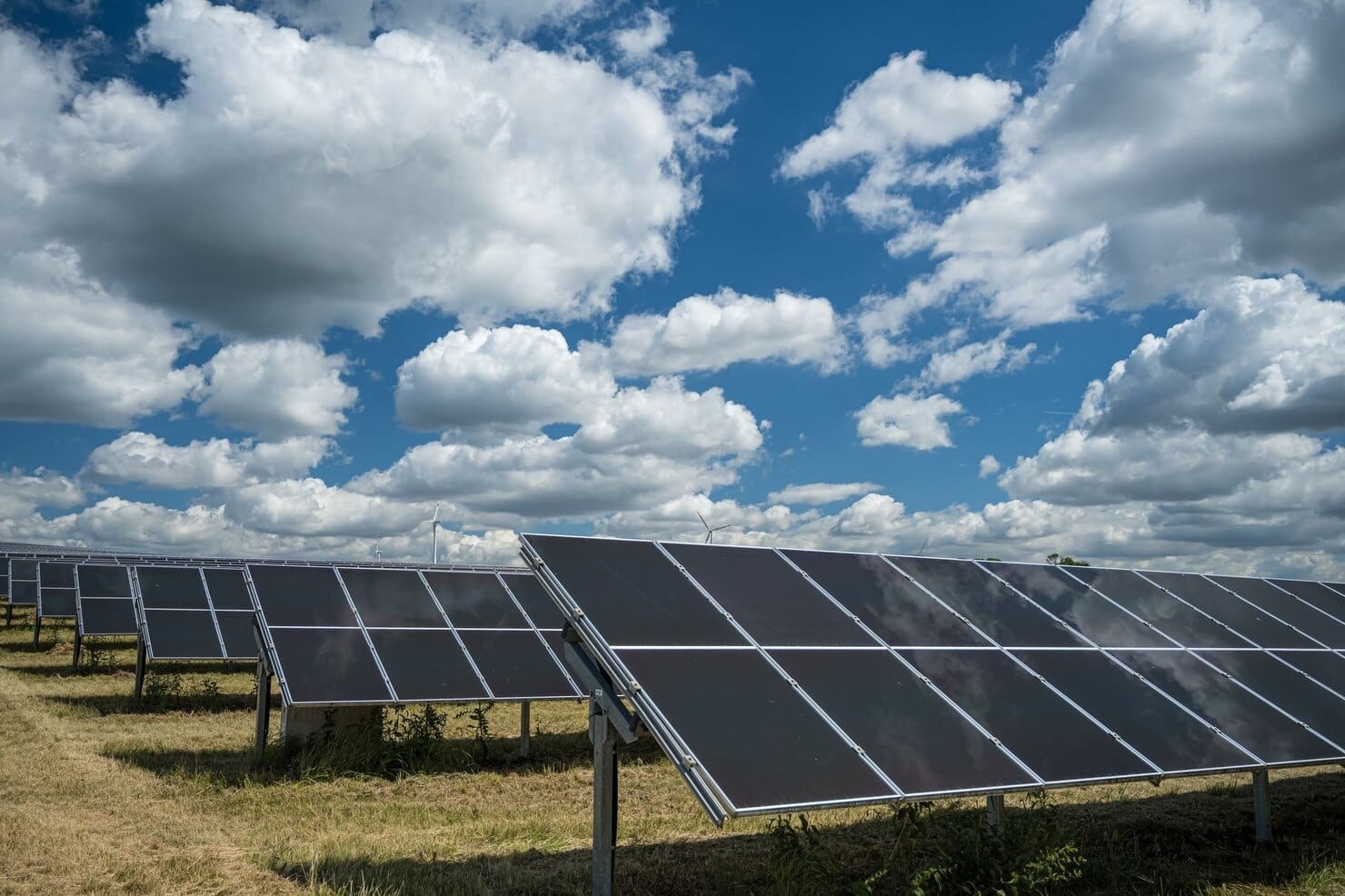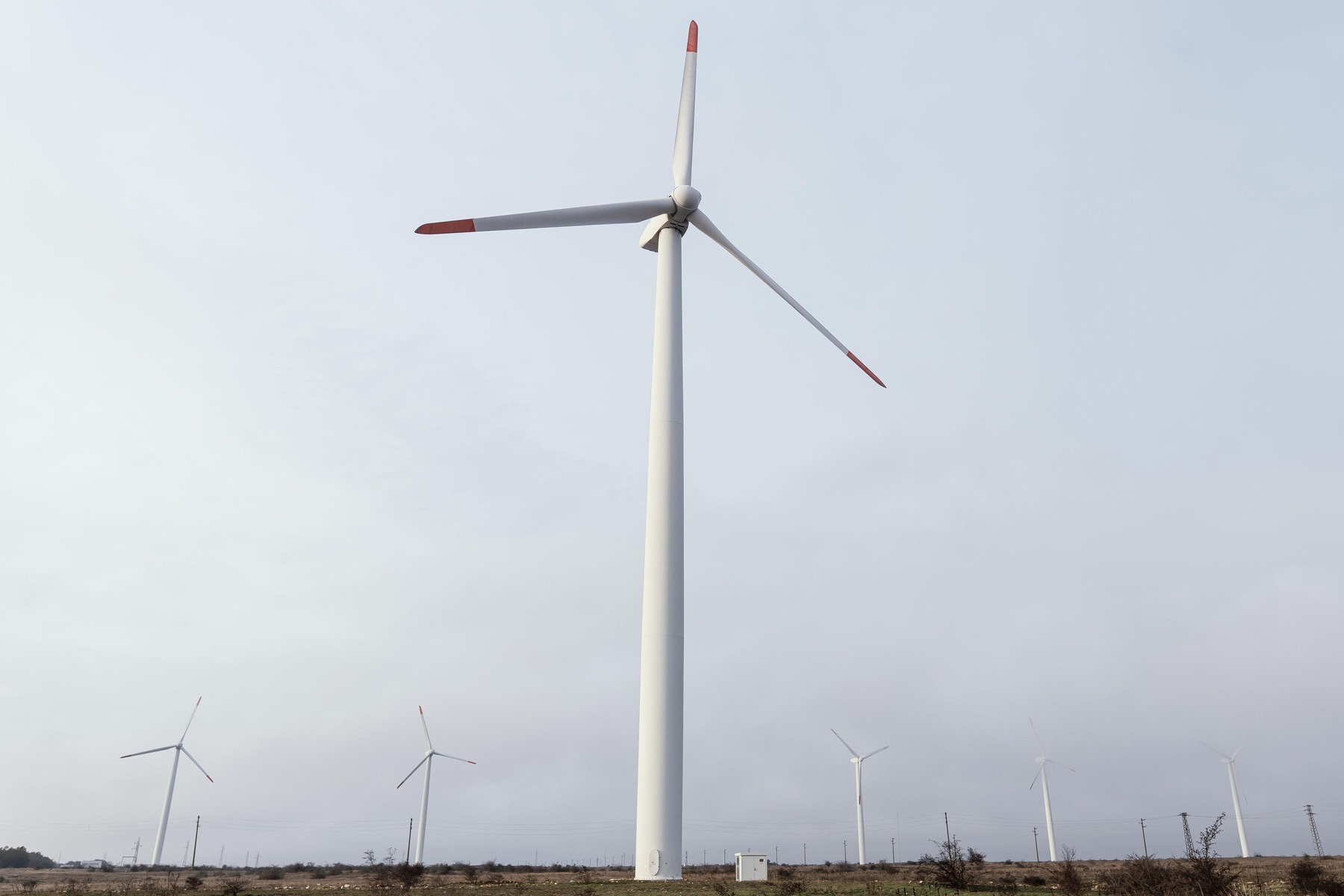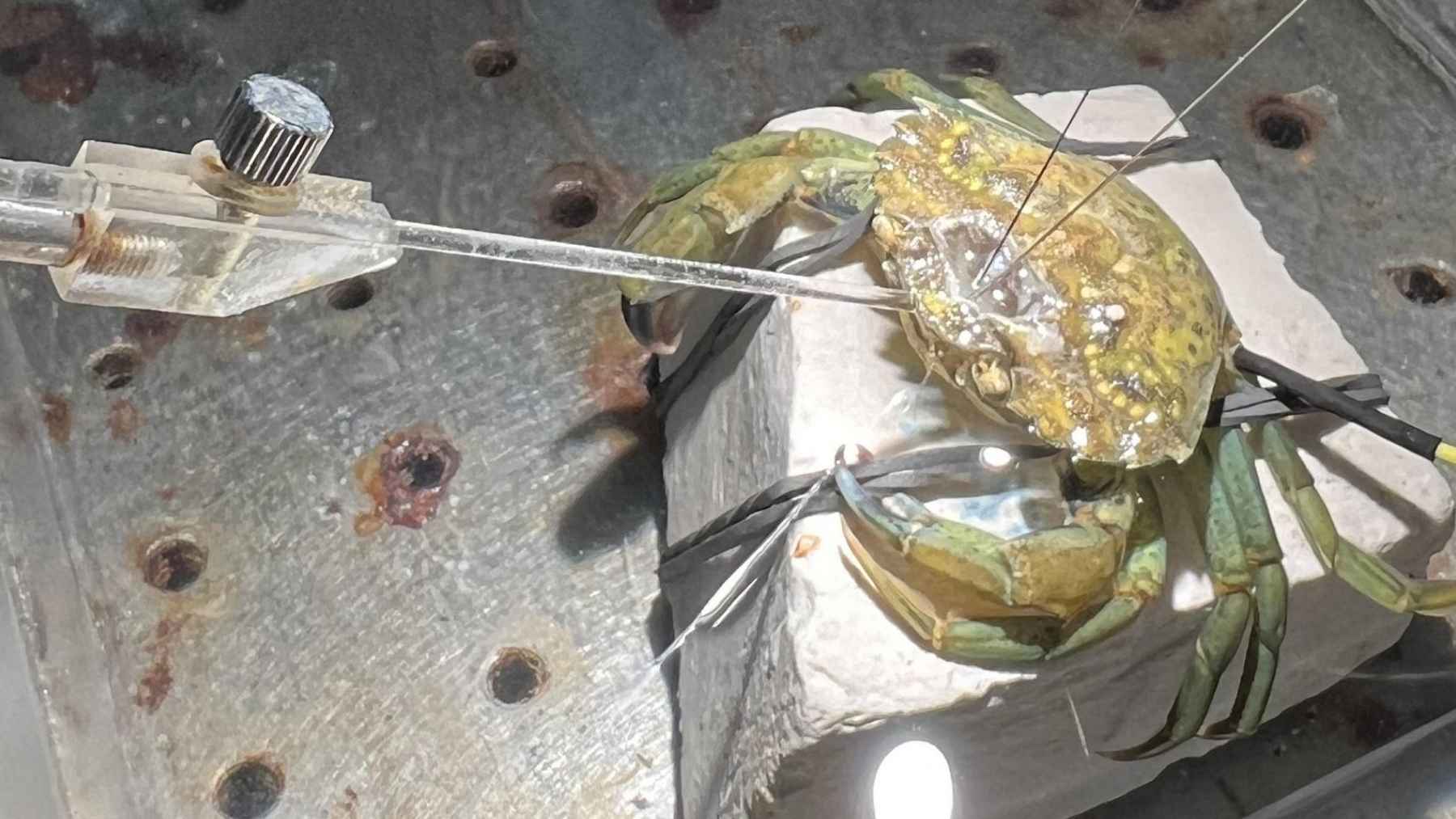Developed in the universitys Center for Nanotechnology and Molecular Materials, Power Felt has tiny carbon nanotubes locked up in flexible plastic fibers and made to feel like fabric.
Researchers from Wake Forest University have developed a promising new technology called Power Felt, a thermoelectric device, with a fabric-like feel, which converts body heat into an electrical current.
Developed in the university’s Center for Nanotechnology and Molecular Materials, Power Felt has tiny carbon nanotubes locked up in flexible plastic fibers and made to feel like fabric.
The technology uses temperature differences – room temperature versus body temperature, for instance – to create a charge.
«We waste a lot of energy in the form of heat. For example, recapturing a car’s energy waste could help improve fuel mileage and power the radio, air conditioning or navigation system,» says researcher and Wake Forest graduate student Corey Hewitt.
«Generally thermoelectrics are an underdeveloped technology for harvesting energy, yet there is so much opportunity.»
The potential for the technology is tremendous – from automobile seats connected to the vehicle’s battery, to collecting heat under roof tiles (similar to solar panels) – and they are already in talks with investors for commercial production.
«Imagine it in an emergency kit, wrapped around a flashlight, powering a weather radio, charging a prepaid cell phone,» said David Carroll, the nanotechnology center’s director. «Literally, just by sitting on your phone, Power Felt could provide relief during power outages or accidents.»
Current thermoelectrics are still costly, which prevents it from being widely used commercially. Standard devices use a more efficient compound, bismuth telluride, but researchers say it could cost $1,000 per kilogram. Power Felt is much more affordable, and prices could go as low as $1 if added to a cell phone cover, for example.
However, the researchers are still looking into higher yields of potential power, as 72 stacked layers of the material could only yield a very small 140 nanowatts of power. They are evaluating ways to add more nanotubes and make them even thinner to boost power output. – EcoSeed Staff






















